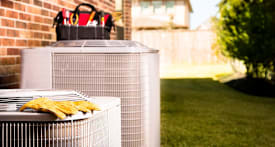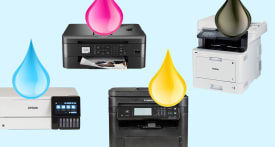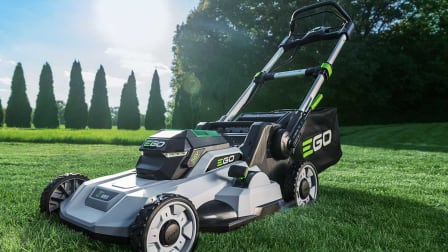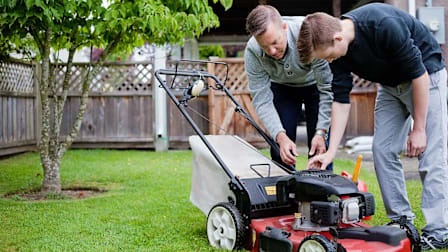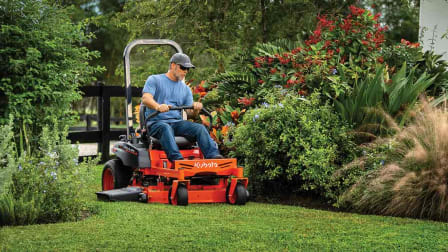Lawn Care Tips to Get Your Yard Ready for Spring and Summer
The grass is always greener with a little advance work
When you shop through retailer links on our site, we may earn affiliate commissions. 100% of the fees we collect are used to support our nonprofit mission. Learn more.
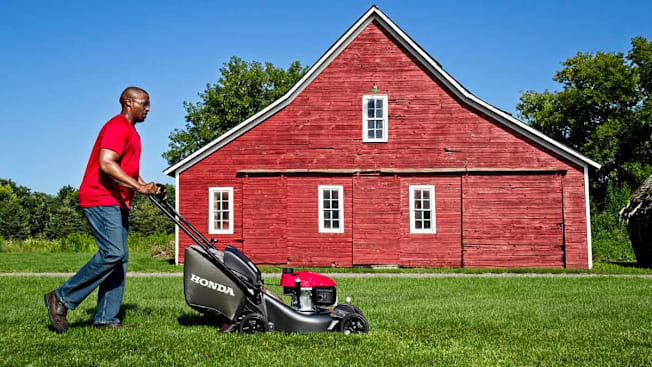
No matter what the recent weather has been in your area, now’s the time to start thinking about your yard so that it looks its best this spring and summer.
Start off by assessing your lawn mower, string trimmer, leaf blower, and other gear.
“Retailers discount old outdoor power equipment inventory to make way for new models,” says Courtney Pennicooke, a CR market analyst who oversees these product categories.
And even if you can’t snag a deal, shopping now ensures that you’ll get the broadest selection of this year’s stock.
Here’s how to get your property ready for greener days.
- Tips for Prepping Your Yard: Check Equipment Test Soil Clear Debris Apply Fertilizer Repair Walkways and Edging
- Best Lawn Mowers: Gas Gas Self-Propelled Battery Battery Self-Propelled
- Best String Trimmers: Curved Shaft Straight Shaft Battery Corded
1. Check Your Lawn Mower and String Trimmer
Start your gas lawn mower and string trimmer to make sure they’re running well. If you properly winterized the equipment, the machines should be ready to get to work.
2. Test Your Soil
More than 100 land-grant schools in the U.S. have an extension service that will perform soil testing for a small fee. You can find the closest office to your home on the United States Department of Agriculture Extension Service’s website.
The results you receive will tell you about the nutrients in your soil and the soil’s pH balance. Handling it this early will help you make informed decisions about fertilizing and treating pH.
If your soil has low pH, meaning it’s acidic, you can spread lime now. If you have high alkaline soil, add elemental sulfur. Either way, you’ll benefit from spring rains, which will help the soil absorb what you’ve laid down. But you’ll want to tackle this task now—sending in samples and waiting for results can take several weeks.
3. Clear Leaves and Debris
While it’s generally fine to leave the leaves where they are in the fall, large dense swaths of yard debris can block the sun from reaching your lawn, making it difficult for grass to sprout at all. If you didn’t use a leaf blower last fall, do some cleanup now.
Use the collected leaves for compost. Better still, mulch the fallen leaves with the mulching kit or attachment for your lawn mower or tractor. The churned-up clippings will feed your lawn and reduce the amount of fertilizing.
4. Apply Fertilizer
Bags of fertilizer display three numbers separated by hyphens. The numbers refer to the ratio among nitrogen (N), phosphorus (P), and potassium (K), in that order. Again, your soil test will let you know what nutrients your soil is lacking.
For grasses planted and intended for cooler, northern climates, put down at least one application of fertilizer in spring (if you need fertilizer). Bagged fertilizer is best distributed with a spreader, either a push model or a snap-on version that attaches to your riding mower.
5. Repair Walkways and Edging
Winter can be brutal on pavers, walkways, and driveways. Aside from damage done by your snow blower or a plow, frost heave—the natural freeze-and-thaw cycle—can split concrete and knock stones out of whack. To keep out water and help keep a problem from worsening, seal any new gaps in concrete with concrete-crack filler.
Secure loose pavers or patio stones temporarily. If the damage is extensive, consider having a landscape contractor dig up and reset the stones, making sure to start 6 inches below the soil line to minimize shifts from future frost heave. Tackling this project now, while pros are less busy, may cost a bit less than booking a repair at the height of the season.
Best Gas Lawn Mowers
Looking for a new lawn mower? Here are three gas walk-behind models that mow like champs.











